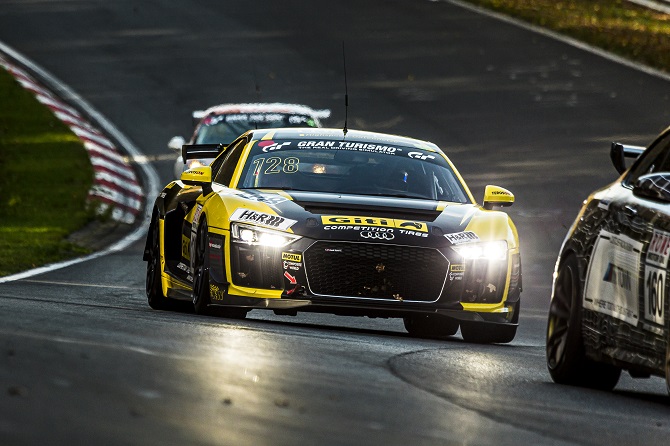The ConsumerAffairs Datasembly Shopping Cart Index fell by $1.21
A huge decline in the price of cookies more than offset rising egg and coffee prices in December as the ConsumerAffairs Datasembly Shopping Cart Index fell by $1.21. The Index, which tracks the prices of 25 commonly purchased grocery items, was only 35 cents higher than in December 2023.
But unless you bought a lot of cookies last month you might not have saved money. The price of a 14 oz. package of cookies dropped from $6.16 in November to $4.97 last month, a decline of 19%.
Eggs and coffee posted the largest increases. Eggs, which are in short supply in many areas of the country because of bird flu, rose from $6.09 in November to $6.30. The price of 12 oz. of whole bean coffee, was the same as in November $12.98. However, that's 49 cents more than in December 2023.
Prices of several other products stabilized in December or fell slightly. The prices of ketchup, butter and bread were down from November and year-over-year.
The December Shopping Cart Index
| Product |
Dec. 2023 |
Nov. 2024 | Dec. 2024 |
| Penne Pasta 16 oz. | $1.92 | $1.91 | $1.96 |
| Select-a-size paper towels | $20.99 | $20.99 | $20.99 |
| White Albacore tuna in water 5oz. | $2.20 | $2.27 | $2.22 |
| Chicken noodle soup 10.75 oz. | $1.42 | $1.44 | $1.44 |
| Cola 2-liter bottle | $2.87 | $2.94 | $2.91 |
| Whole milk half-gallon | $2.61 | $2.68 | $2.68 |
| Whole bean coffee 12 oz. | $12.39 | $12.98 | $12.98 |
| Organic eggs one dozen | $5.27 | $6.09 | $6.30 |
| Waffles 10 ct. 12.3 oz. | $3.17 | $3.28 | $3.29 |
| Frosted donuts 8 ct. | $5.23 | $5.52 | $5.23 |
| Tomato ketchup 20 oz. | $3.84 | $3.96 | $3.89 |
| Mayonnaise 30 oz. | $5.84 | $6.29 | $6.27 |
| Honey Nut cereal 18.8 oz. | $5.56 | $5.33 | $5.57 |
| American cheese single 24 ct. | $5.49 | $5.37 | $5.54 |
| Salted butter 1 lb. | $6.42 | $6.21 | $6.14 |
| Classic potato chips 8 oz. bag | $4.12 | $4.05 | $4.05 |
| Honey wheat bread 20 oz. | $3.79 | $3.49 | $3.69 |
| Cookies 14.3 oz. | $6.91 | $6.16 | $4.97 |
| Bacon 16 oz. | $7.97 | $8.32 | $8.11 |
| Liquid dish detergent 46 oz. | $5.57 | $5.58 | $5.58 |
| Spring water 16.9 oz. 32 ct. | $7.10 | $7.59 | $7.62 |
| 1000 sheet toilet paper 12 ct. | $12.30 | $12.70 | $12.37 |
| Peanut butter 16.3 oz. | $3.31 | $3.19 | $3.27 |
| White rice 32 oz. | $5.20 | $4.87 | $4.87 |
| Laundry detergent 96 oz. | $13.07 | $13.05 | $13.04 |
| Cart Totals | $154.63 | $156.19 | $154.98 |
Photo Credit: Consumer Affairs News Department Images
Posted: 2025-01-10 17:52:09















